The supplement world is buzzing with the rise of peptides. We've witnessed a flood of new peptides hit the market -- some marketed as dietary supplements and others not. This is far from a passing trend; sound scientific evidence warrants the notion that peptides are poised to permanently revolutionize health and wellness.
What are Peptides?
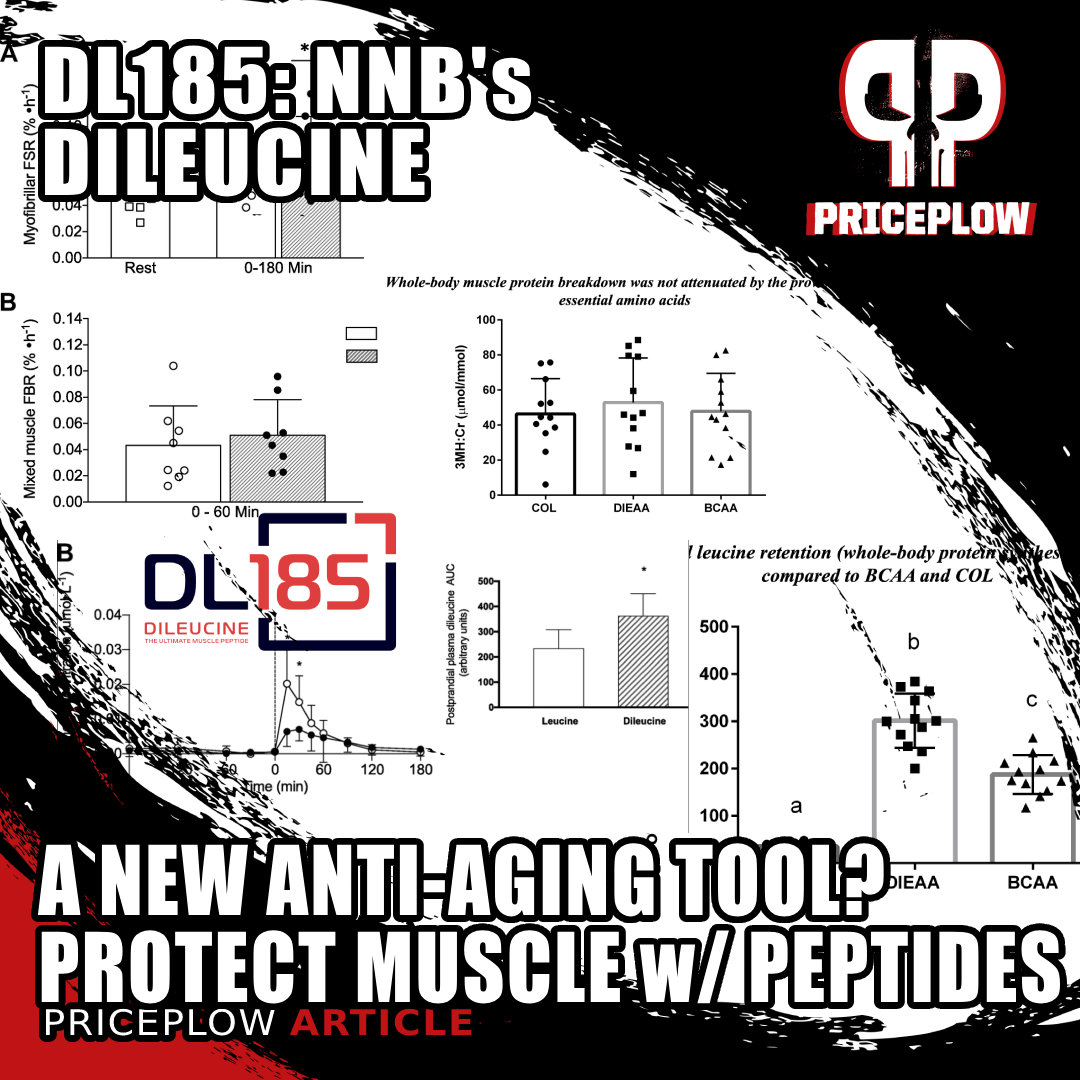
DL185 Dileucine by NNB Nutrition is a groundbreaking pro-anabolic and anti-catabolic agent, perfect for anti-aging and longevity. With superior absorption and muscle protein synthesis, it offers better muscle protection, making it a key ingredient in future supplement offerings.
Peptides are short chains of amino acids -- a subset of proteins but with unique properties. Unlike typical proteins, they don't just get broken down and used to build muscle. Rather, they act in a manner somewhat akin to hormones, regulating physiological processes through informational signaling, making them an exciting area of study.
For instance, peptides have been shown to enhance skin elasticity and reduce wrinkles by stimulating collagen production. They can also improve immune response, decrease inflammation, and even trigger fat loss.
Tosy, however, we're focusing on a peptide with an even greater potential for long-term health and wellness: muscle building and preservation. After all, the more muscle you have, the better your glycemic control, resistance to injury, and metabolic rate. Simply put, lean mass positively correlates with lifespan.[1]
And when it comes to lean mass, one of the most promising dietary supplement ingredient options is a novel peptide called dileucine -- dileucine peptide.
NNB's DL-185 Dileucine – A New Anti-Aging Tool?
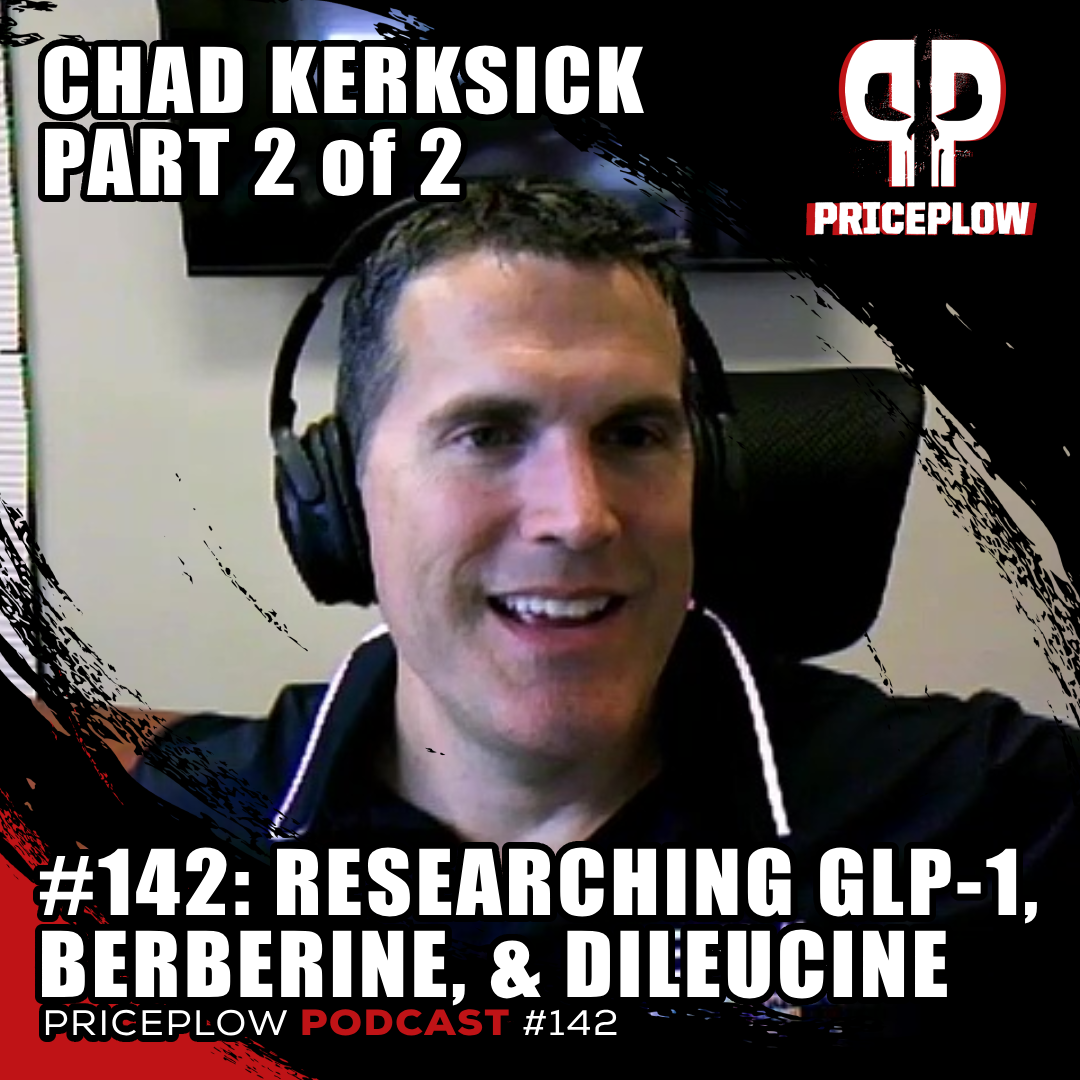
Chad Kerksick finishes his 2-part podcast series on the PricePlow Podcast in Episode #142 to discuss his research done on NNB Nutrition ingredients like DL185 dileucine and GlucoVantage dihydroberberine. We also talk study design and targeting new research areas like GLP-1.
Dileucine is a peptide composed of two leucine molecules. How does this relate to muscle building, improved muscle protection, and anti-aging?
We recently had a two-part podcast series with Chad Kerksick (episode #141 and episode #142), the PhD Professor who runs the Exercise and Performance Nutrition Laboratory at Lindenwood University and serves as the President of the International Society of Sports Nutrition (ISSN).
In the second episode, we put Chad on the spot and asked how he would formulate a supplement with DL-185, NNB Nutrition's trademarked dileucine ingredient. His answer was to look into the anti-aging space to protect against sarcopenia (muscle loss that occurs with aging or immobility). Let's dig deeper and sense of the leading scientist's arguments.
BCAAs and Leucine: Anti-Catabolic Amino Acids
Those familiar with supplements should recognize the branched chain amino acids (BCAAs) -- leucine, isoleucine, and valine -- as long-standing safe, natural, and effective anabolic (and anti-catabolic) aids. BCAAs activate mammalian target of rapamycin (mTOR), triggering an anabolic signaling cascade throughout the body.[2]
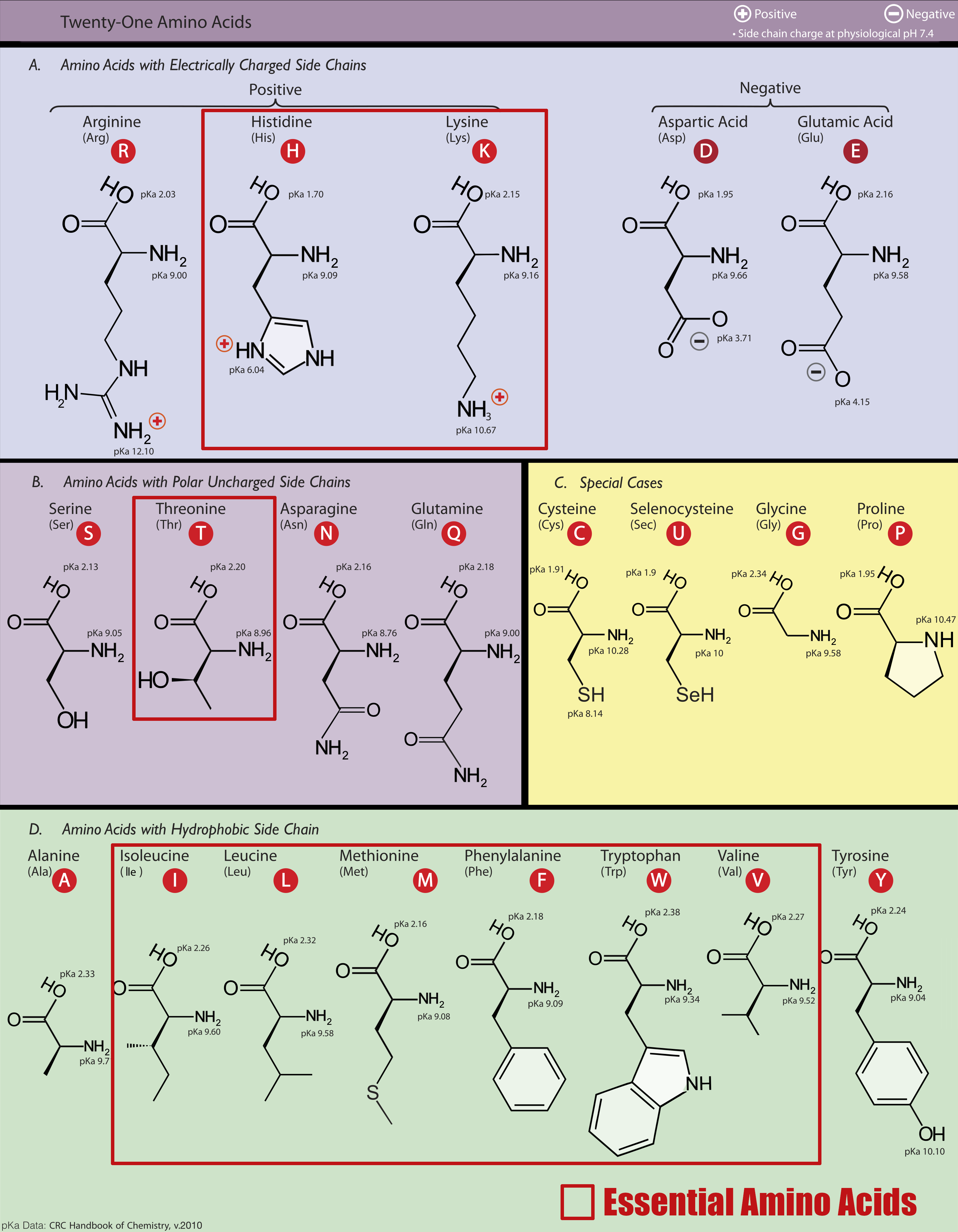
Amongst these primary amino acids, the essential amino acids are in red. Leucine, Valine, and Isoleucine are the three Branched-Chain Amino Acids. But look below at how you can peptide-bond two leucines together!
All three BCAAs exhibit muscle-sparing effects due to their anabolic properties,[3-5] making them valuable for minimizing muscle damage during exercise. Some studies also suggest that BCAAs can increase athletic endurance.[6-8]
However, the primary reason modern athletes and bodybuilders consume BCAAs before, during, and after workouts is their role in enhancing post-workout recovery. Leucine, in particular, is the most effective at stimulating anabolic activity,[9-11] as it activates mTOR more than the other BCAAs.[12-14]
As we age, our body's requirement for leucine increases, necessitating higher intake to maintain muscle mass.[15] Unfortunately, this coincides with a general reduction in protein (and thus leucine) intake -- quite the conundrum.
Greater need but reduced intake: The exact purpose of dietary supplements
This increased need makes leucine supplementation a promising target for anti-aging strategies aimed at preserving muscle mass. So, should we simply provide every senior citizen a leucine supplement? It's not that straightforward...
There are a few randomized controlled trials on leucine and sarcopenia. The most notable one compared leucine to a placebo and found no significant benefits for functional impairment, cognitive function or nutritional assessment, inflammatory cytokines IL-6, or TNF-alpha.[16]

NNB Nutrition has announced open distribution of DL-185 Dileucine, after an exclusive period with MuscleTech in their Peptide 185 supplement.
Does this mean leucine is ineffective for preventing age-related muscle loss? Not necessarily. There is a significant challenge with leucine, which might actually be advantageous in the end. If we address this issue, leucine could become a viable treatment option.
The issue is that, according to the best available evidence, a substantial dose of leucine is necessary for serious anti-catabolic effects. For instance, a study on mice with chronic disease-induced muscle loss found that leucine supplementation reduced this loss by 11%. However, the mice's diet comprised 3% leucine of their total caloric intake.[12] Extrapolating this to humans consuming approximately 2,000 calories per day, it would require about 60 grams of leucine every single day!
Another study in rats demonstrated that leucine reduced disease-related catabolism in rats by a whopping 33%.[16] However, this study used a dose of 1 mg/kg body weight per day, equivalent to 13 grams of pure leucine for a 175-pound person.
While consuming this much leucine daily is possible, it's not practical or desirable for most people. For leucine to be a viable anti-aging strategy, a more effective form is needed. So how can we achieve this?
Fortunately, NNB Nutrition offers a solution:
How to Improve Leucine: Peptide-Bond It!
It turns out that creating a dipeptide by bonding two leucine molecules, known as dileucine, can be more effective. New evidence suggests that dileucine is absorbed more efficiently than leucine. This is promising because converting leucine into dileucine could enhance its efficacy on a gram-for-gram basis, allowing for physiologically relevant effects at manageable doses.
-
Superior absorption with dileucine
In one study from the Journal of Applied Physiology, 10 healthy young men averaging 23 years old took either 2 grams of leucine or 2 grams of dileucine for breakfast. The participants then underwent various tests to measure their physiological responses to the supplements.[17]
The study found that despite both groups consuming the same amount of leucine and dileucine, the dileucine group had higher circulating leucine levels in their blood.[17] This indicates that dileucine was absorbed more efficiently than leucine.
While this finding is promising, it raises an important question: did the increased leucine levels result in higher rates of muscle protein synthesis?
The answer is yes:[17]
The study found that oral dileucine supplementation led to a statistically significant increase in fractional synthesis rate (FSR), indicating muscle building. Although there was also an observed increase in fractional breakdown rate (FBR), it did not reach such statistical significance.[17]
In other words, dileucine demonstrated a significant net anabolic effect compared to leucine, with a substantial 60% advantage over leucine in promoting muscle protein synthesis.[17]
The authors concluded by recommending that dileucine be considered as a potential intervention for populations at high risk of sarcopenia.[17] Effectively suggesting that DL-185 dileucine should be considered for an anti-aging supplement!
-
Better at increasing strength and endurance
In another study, 32 resistance-trained males with an average age of 28 were randomly assigned to receive either 2 grams of dileucine, 2 grams of leucine, or 2 grams of resistant starch (serving as a placebo control) for 10 weeks.[18,19]
Each 3-capsule serving of MuscleTech Peptide 185 has 2 grams of dileucine!
During the supplementation period, the participants followed a bodybuilding split program designed to target every major muscle group with 3-4 sets of 6-10 repetitions. The subjects trained four times per week.[18,19]
They also monitored one-repetition maximum (1RM) lifts and repetitions to failure (RTF) on the leg press and bench press exercises, in addition to anaerobic capacity, maximal voluntary contractions (MVC), and muscle-to-fat ratio.[19] The researchers found that dileucine improved the subjects' lower body maximal strength and maximum number of leg repetitions.[18,19]
Although these were relatively young, resistance-trained males, strength increases are incredibly important for elderly as well. Preventing falls, which requires increased strength, is a crucial (and sometimes-overlooked) factor for longevity.[1]
-
Better at increasing bodily leucine stores
In another randomized, double-blind, crossover study, 12 healthy adults with an average age of 24 performed an hour of whole-body resistance training, after which they consumed one of three drinks:[20]
- 2 grams of dileucine and 1 gram of leucine (DIEAA)
- 3 grams of leucine, 1.5 grams of isoleucine, and 1.5 grams of valine (BCAA)
- Isonitrogenous serving of collagen protein (COL)
In this poster presentation, dileucine significantly reduced muscle breakdown in response to whole-body resistance training, while BCAA did not.[20]
This study featured a particularly sophisticated design. Researchers used 100 milligrams of a specific leucine isotope in each drink and conducted breath tests to measure the amount of the isotope exhaled by each group for up to 6 hours post-consumption.[20]
Using the exhalation rate of the isotope as a proxy metric for leucine oxidation, the researchers calculated the difference between each subject's leucine intake and leucine oxidation. This difference was used to determine leucine retention – the amount of leucine the subjects' bodies utilized for building new muscle.[20]
The DIEAA group showed significantly higher leucine retention compared to both the BCAA or COL groups.[20]
The administration of DIEAA, unlike BCAA, substantially decreased muscle catabolism in response to whole-body resistance training.[20]
Not only did the DIEAA group retain significantly more leucine, but they also exhibited substantially less muscle protein breakdown in response to exercise.[20]
As Always, More Research is Required
Currently there are no studies specifically on dileucine and sarcopenia. This is expected, given the novelty of this ingredient.
However, we're confident that such studies will emerge soon. Beyond dileucine's superior bioavailability, one study indicated that it could increase strength. And strength is strongly correlated with reduced all-cause mortality in the elderly, as is muscle mass.[1]
Even without specific anti-sarcopenia data, brands looking to develop a cutting-edge anti-aging supplement should consider DL-185 dileucine from NNB Nutrition. We've always said that we'll never say no to more leucine -- and that's now doubly true for dileucine -- especially for those who are middle aged and up.
Stay tuned! More From the NNB Nutrition team...
We recently heard that more strength data is on the way. Once that data becomes public, you'll find comprehensive coverage right here at the PricePlow Blog. You can sign up for our NNB Nutrition news alerts at the end of this article.
DL-185 on the PricePlow Podcast
One of the most insightful discussions on dileucine is available an a different episode of the PricePlow Podcast, in Episode #123 with MuscleTech's Raza Bashir and NNB's Shawn Wells. They provide an in-depth breakdown of the ingredient, its mechanisms, and its exciting potential.
Conclusion: Better Muscle Protection for Better Anti-Aging Supplements
Dileucine is a very promising pro-anabolic and anti-catabolic agent – the data we're seeing fits perfectly with the trend toward using peptides for anti-aging and longevity purposes.
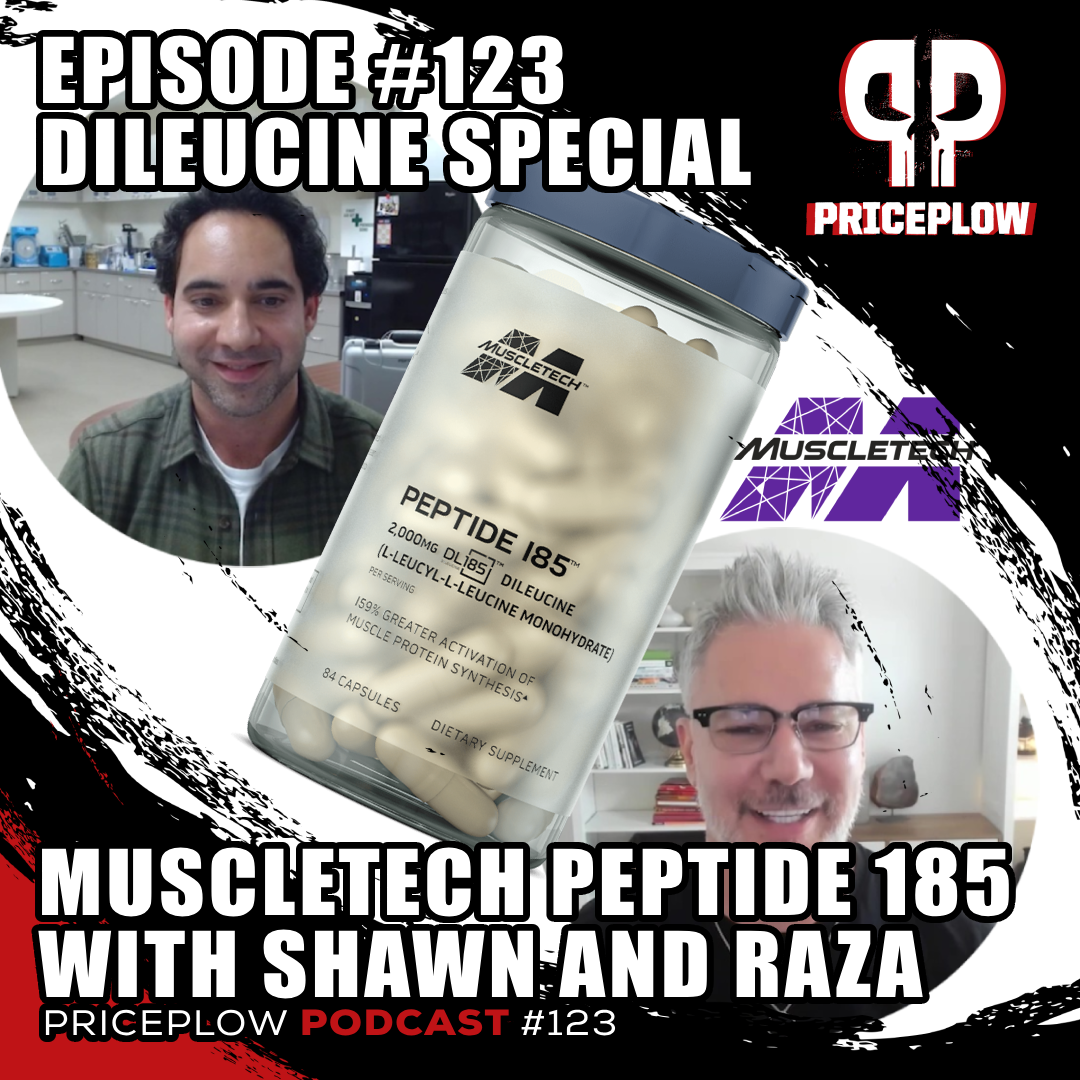
Raza Bashir of MuscleTech and Shawn Wells of Ingenious Ingredients join the PricePlow Podcast for Episode #123 to discuss the new dileucine ingredient in Peptide 185!
With its superior absorption and efficacy in promoting muscle protein synthesis, NNB Nutrition's DL-185 dileucine (temporarily sold as RAMPS) could potentially revolutionize muscle preservation strategies, particularly in aging populations.
As research continues to explore its benefits, we anticipate that dileucine will become a key ingredient in the supplement industry's amino acid and peptide offerings, providing a viable alternative to traditional amino acids like leucine. This innovative approach not only addresses the challenge of maintaining muscle mass, but also supports overall metabolic health, making it a valuable tool for those seeking to enhance their quality of life as they age.
The future of dileucine looks bright, and we excitedly await more data to validate its full potential.
Sign up for our NNB Nutrition news below, and after that, see all other articles mentioning DL-185 dileucine.
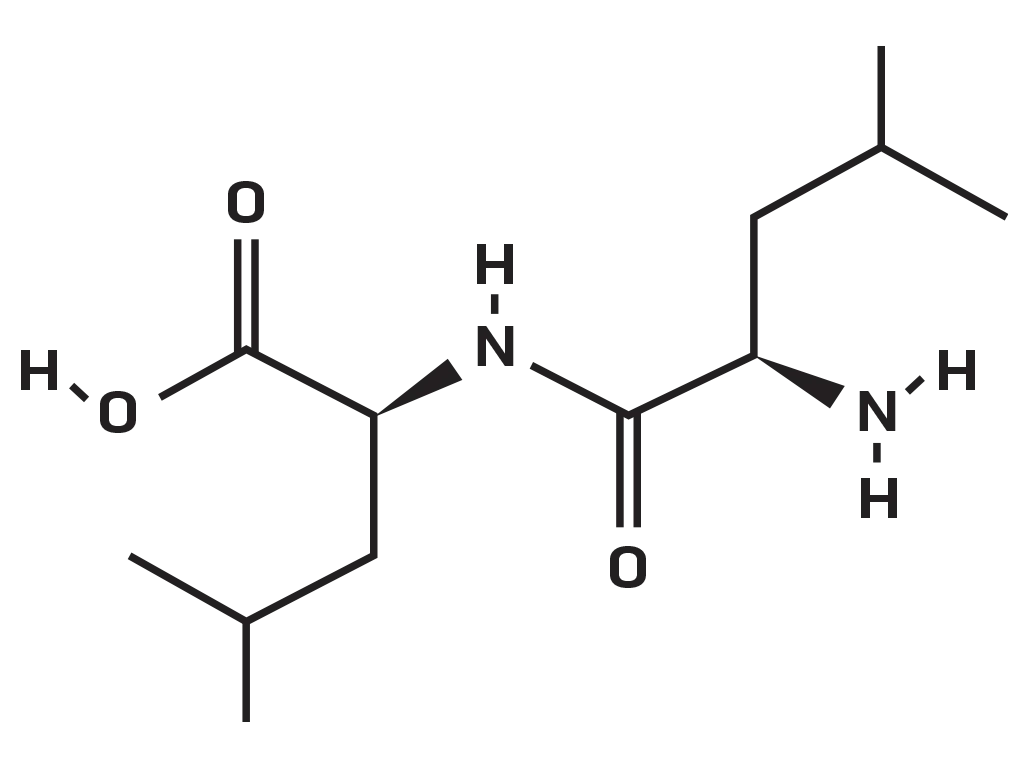
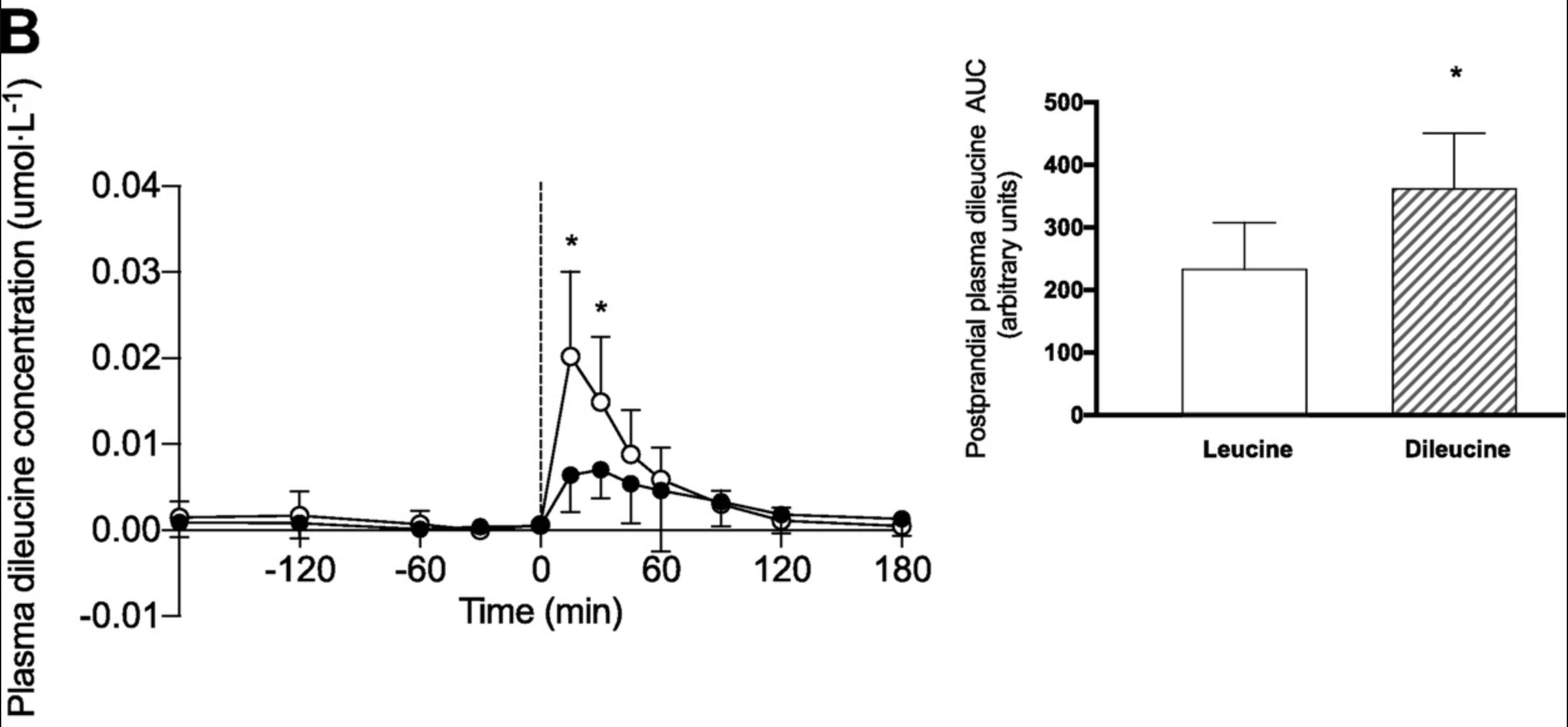
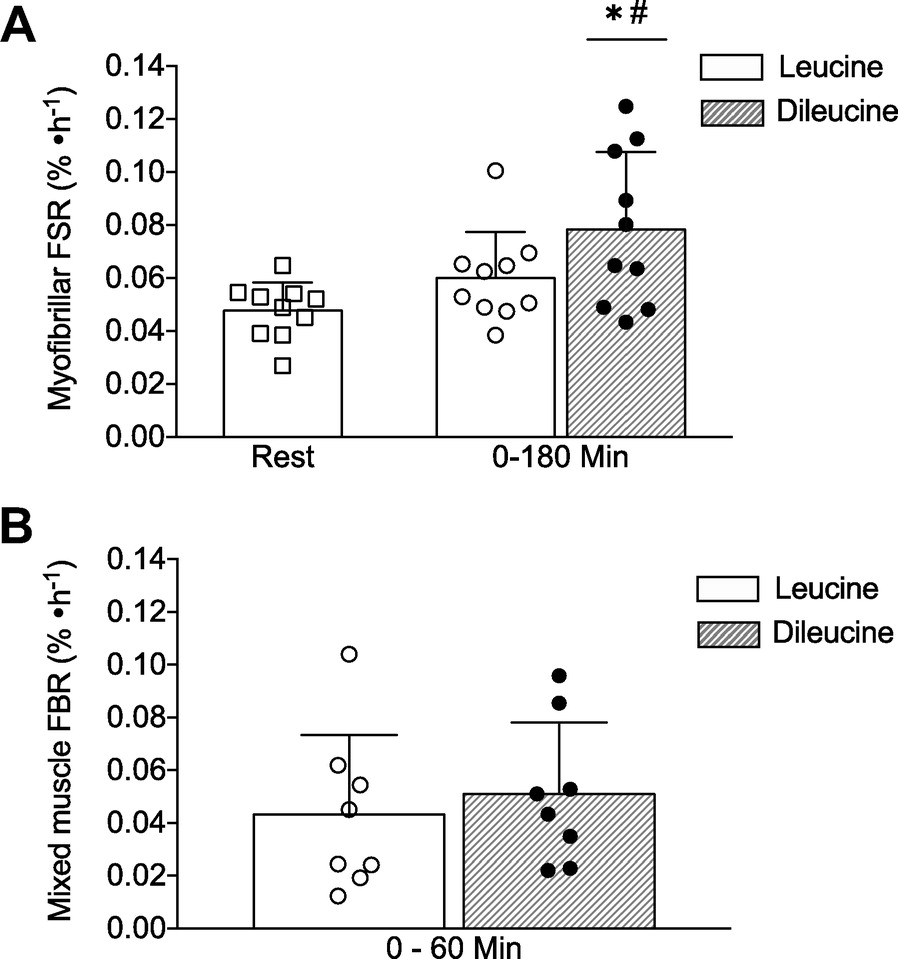
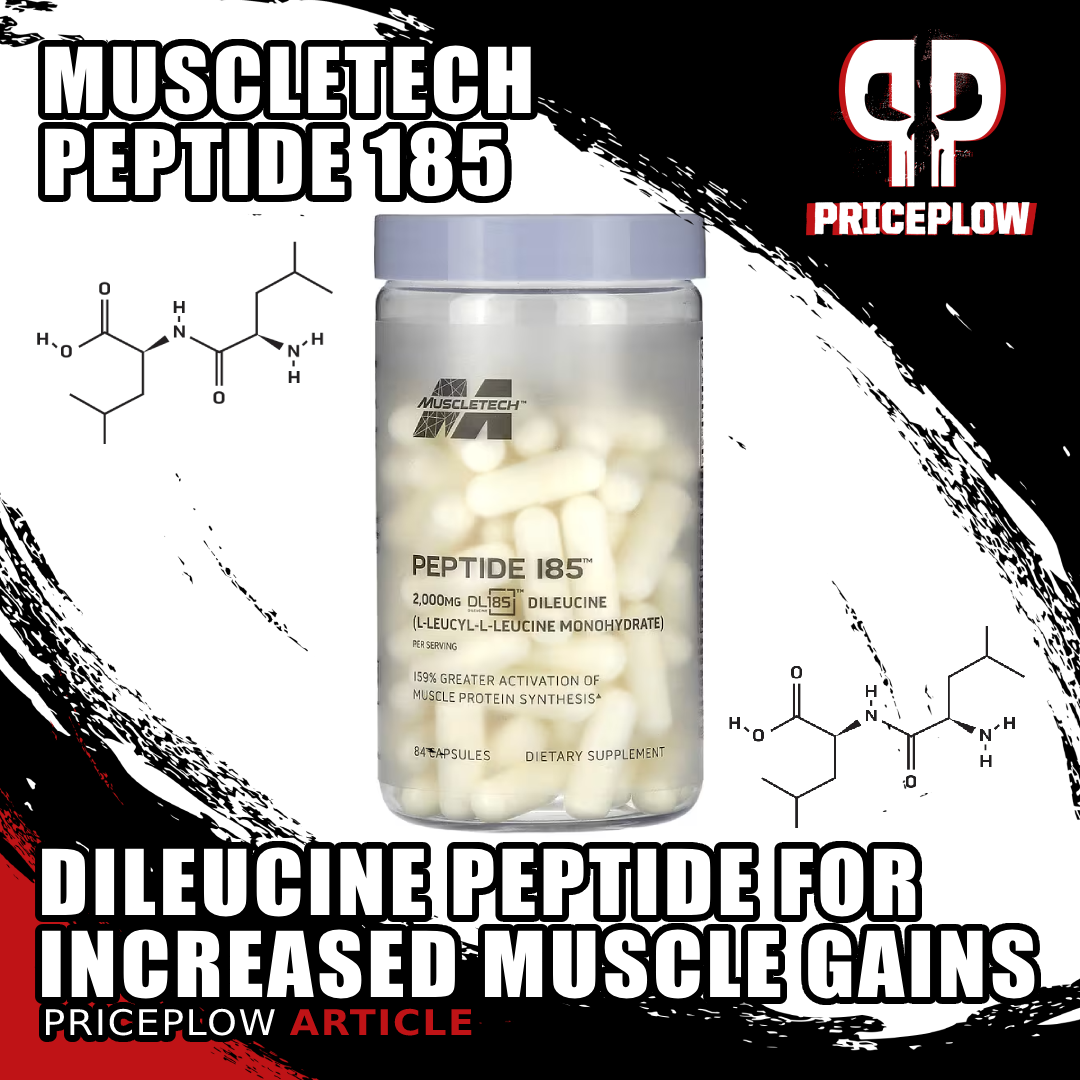
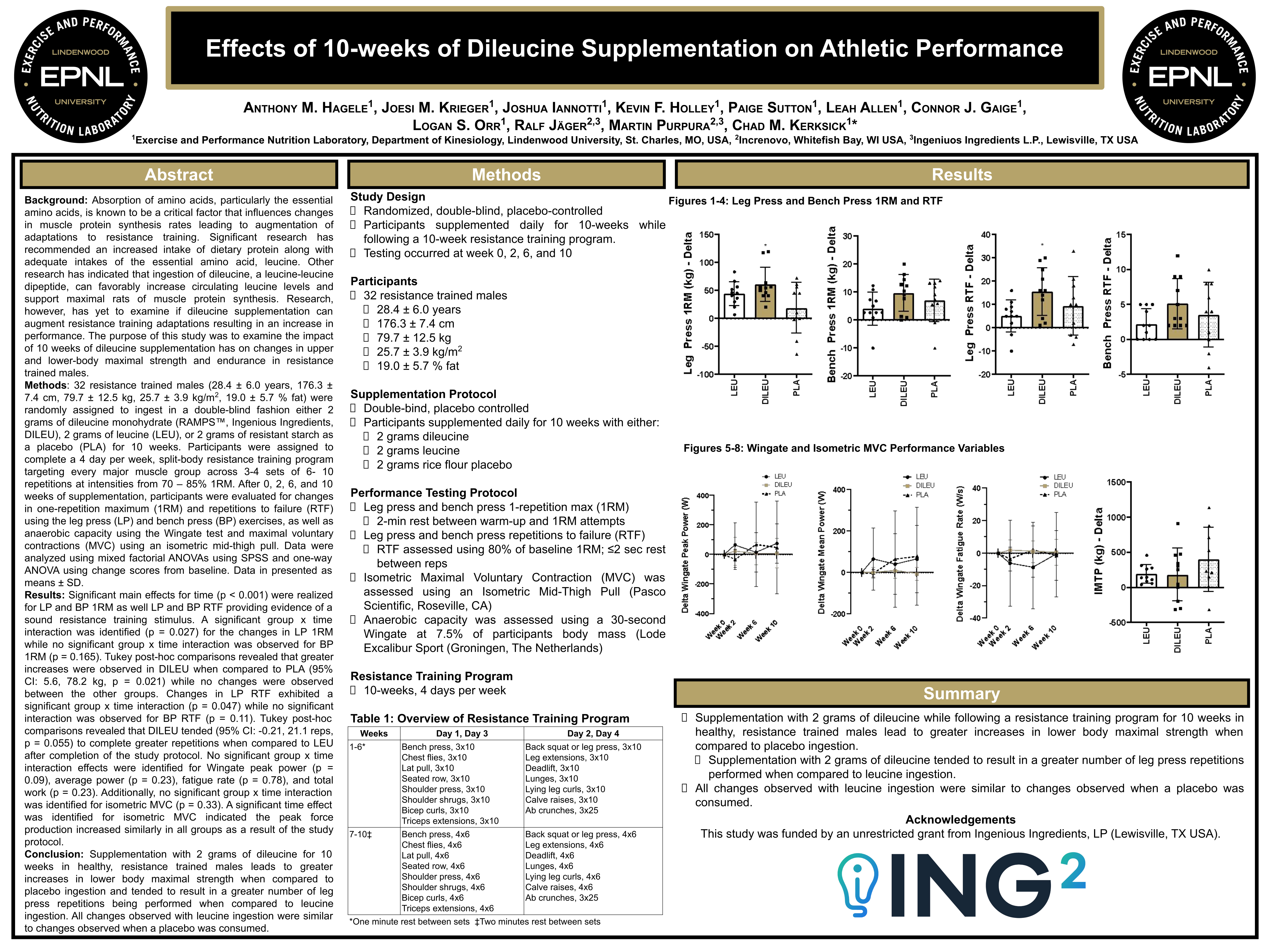
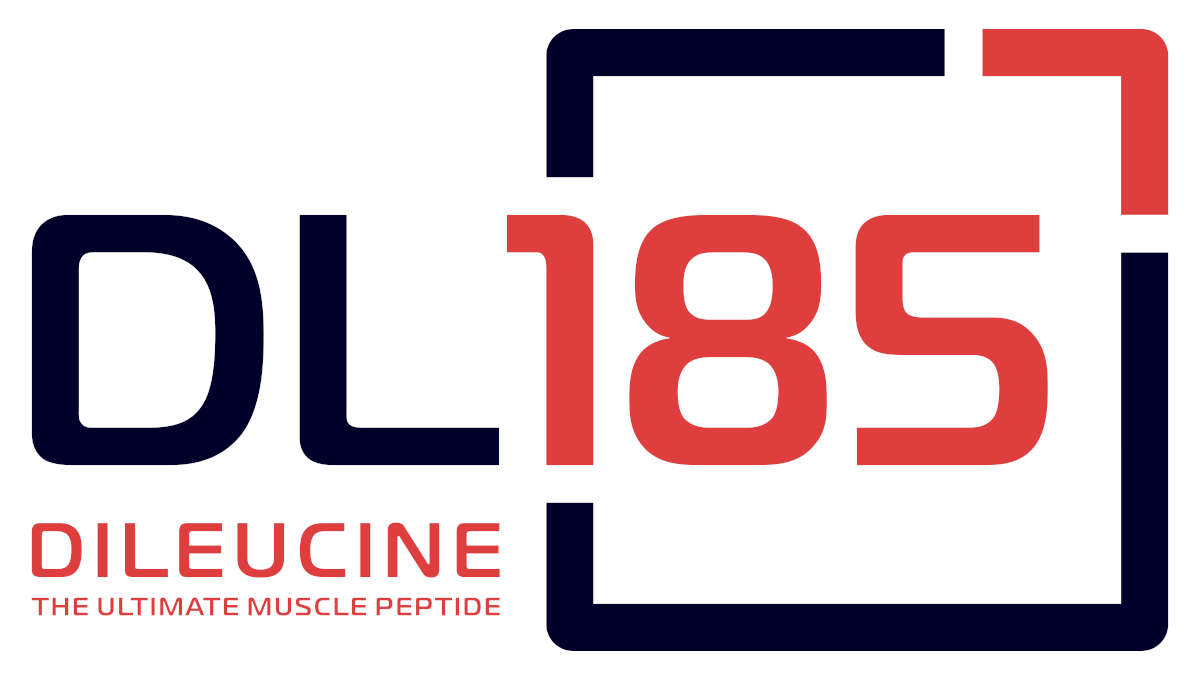
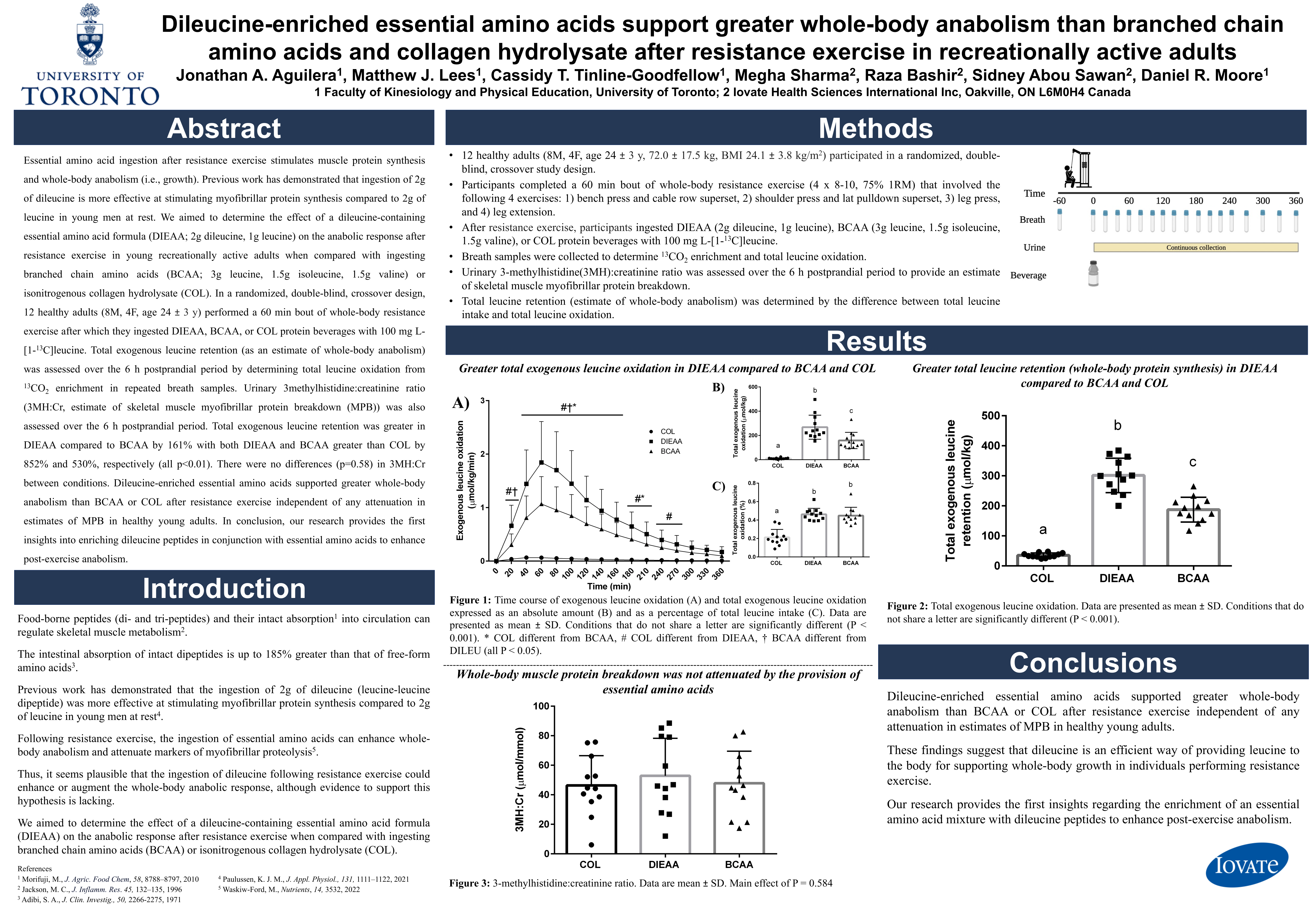
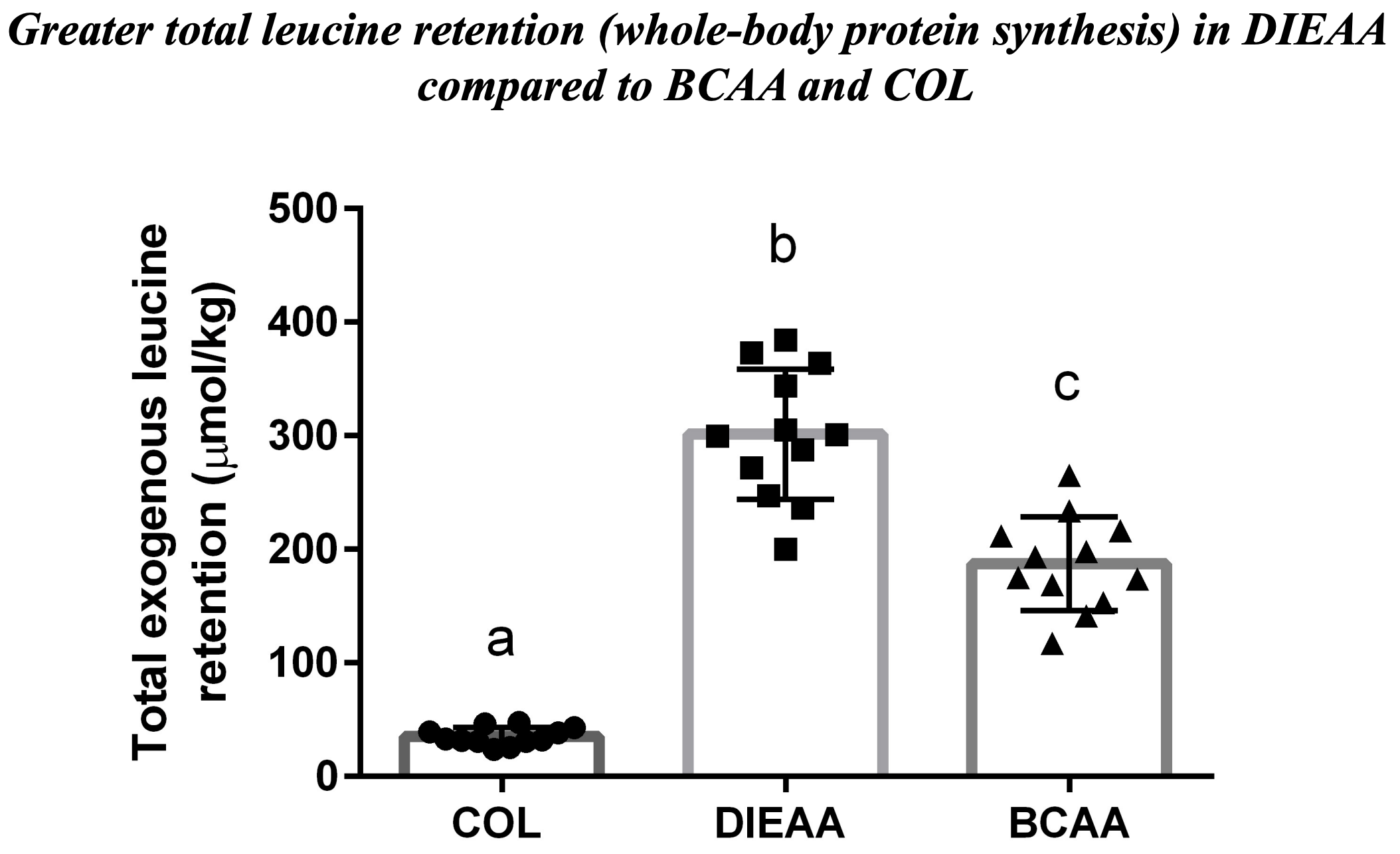
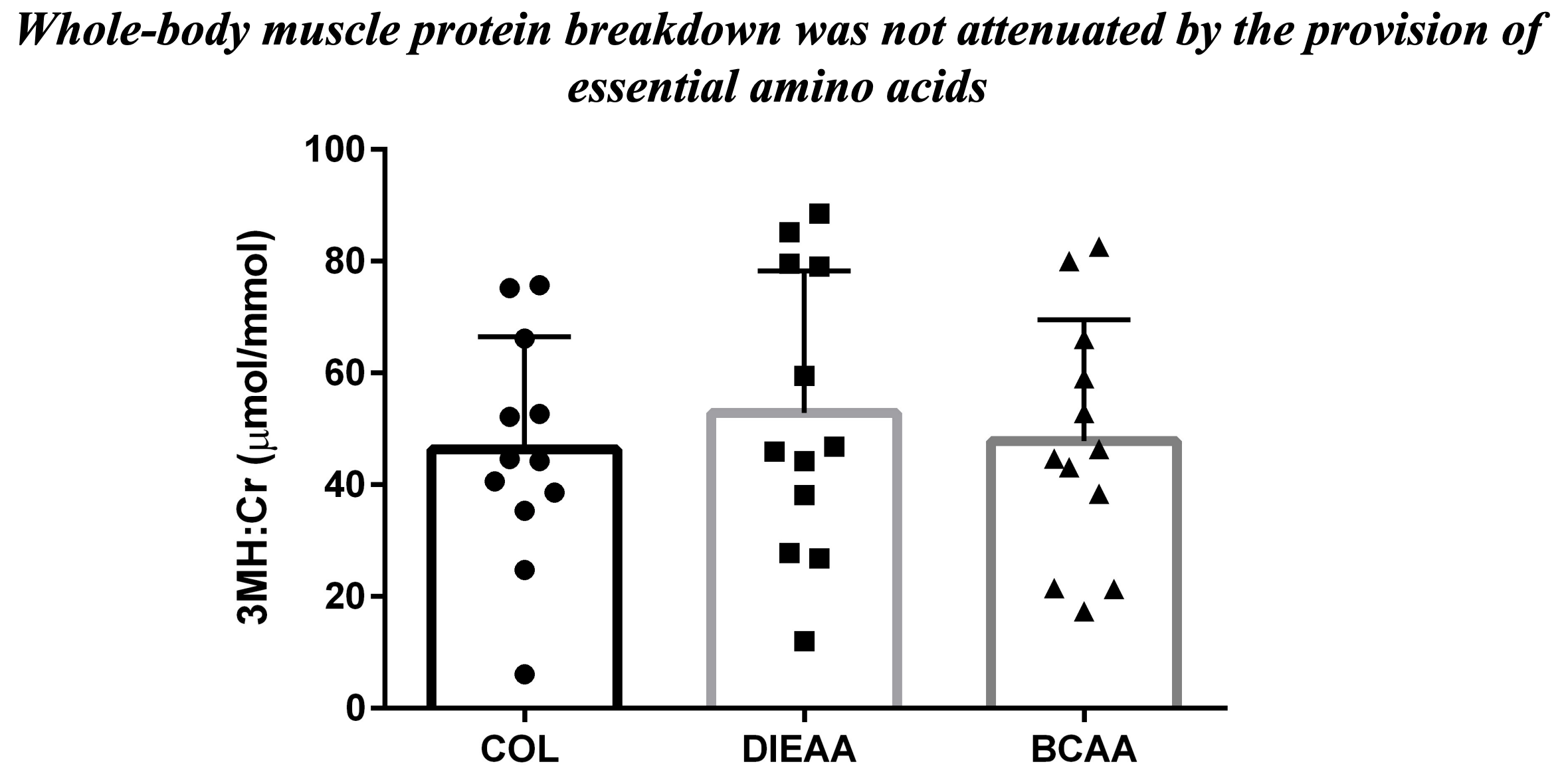




Comments and Discussion (Powered by the PricePlow Forum)